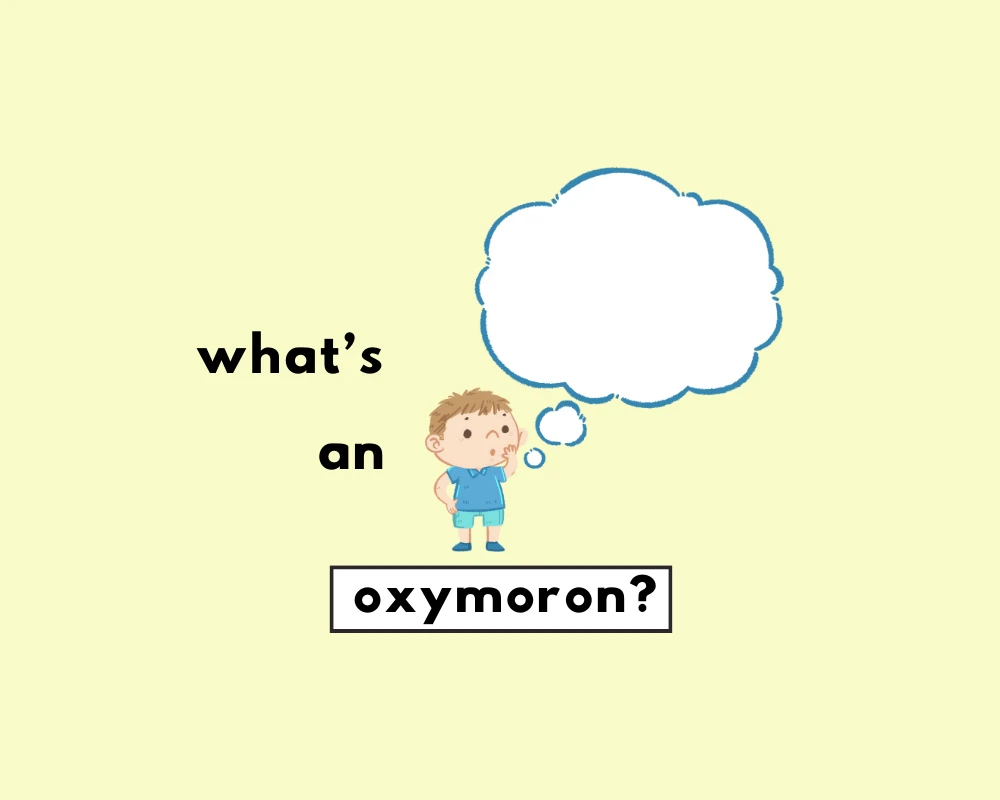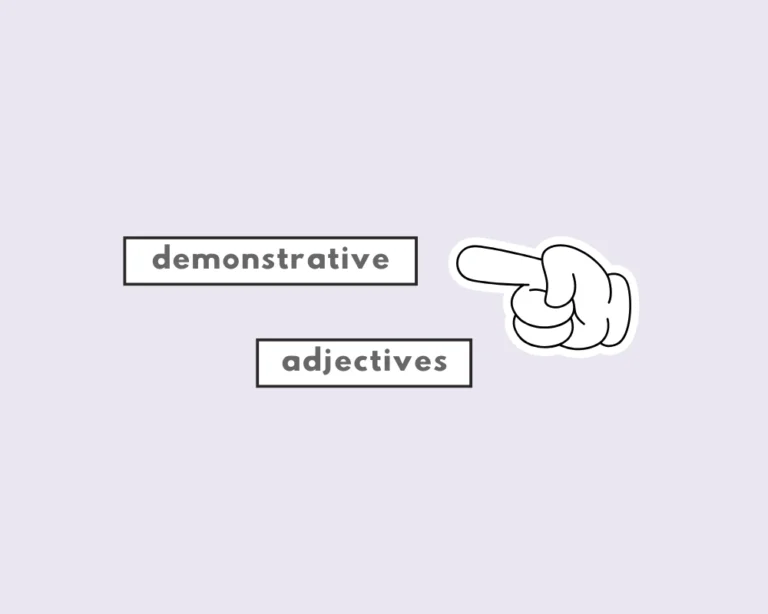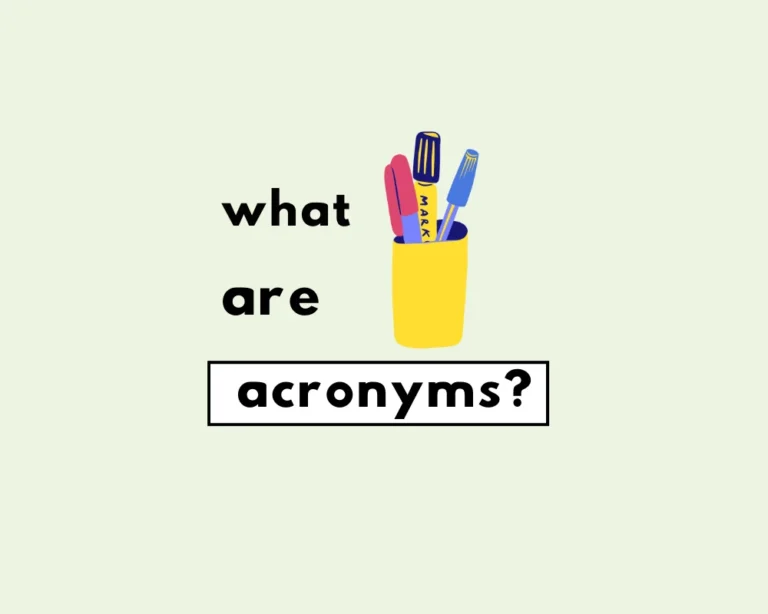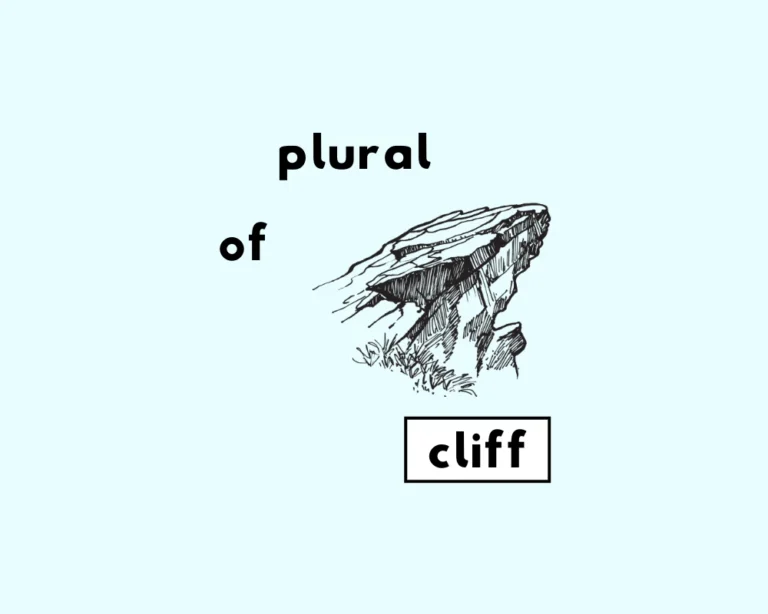What is an oxymoron?
She has eaten all the cookies.
I walked to the store yesterday.
He has went to the park.
They are singing beautifully since morning.
Bittersweet, jumbo shrimp, and virtual reality all share something in common. Can you guess what it is?
If this blatant subtlety (cough) weren’t already obvious enough-we’re talking about oxymorons. Let’s get surface deep, literary.
The meaning of oxymoron
“[oxymoron] A figure conjoining words or terms apparently contradictory so as to give point to the statement or expression,” 1650s, from Greek oxymōron [oxys “sharp, pointed” + mōros “stupid”]. . . The word itself is an illustration of the thing. Now often used loosely to mean “contradiction in terms.”
Put in plain English, an oxymoron is a literary device or figure of speech that uses opposing phraseology to emphasize or embellish writing.
Oxymorons, create a mental image of contrasting words together, like “jumbo shrimp” or “bittersweet.”.
Common examples of oxymorons
Oxymorons have become regular phrases and terms that people constantly use (whether or not they realize they’re using oxymorons).
- civil war
- deafening silence
- only choice/option
- bittersweet
- alone together
- exact estimate
- awfully good
- cruel kindness
- clearly misunderstood
- unbiased opinion
- same difference
- wise fool
Are oxymorons and paradoxes the same?
Oxymorons are when two or more opposite words or phrases are joined together. An example is the idea that you have to spend money to make money, since these are two opposite ideas or choices.
Because oxymorons apply to individual words, they’re a literary technique rather than a literary element. By contrast, paradoxes apply much more broadly to art and literature; they can evolve into a central literary theme or narrative, which is why they’re understood as literary elements (rather than techniques).
Read about other literary devices
- What is Alliteration?
- What is Irony?
- What’s a Pun?
- What’s a Portmanteau?
- What’s a Cliché?
- What’s a Hyperbole?
- What’s an Idiom?
Work Sheet
According to the post, which best defines an oxymoron?
From which language does the word “oxymoron” originate?
Which of the following is listed as a common example of an oxymoron in the post?
According to the post, how does an oxymoron relate to a literary element like a paradox?
What is the literal meaning of the Greek roots *oxys* and *mōros*?
An oxymoron is a literary device that uses phraseology.
The post lists “deafening ” as a common oxymoron.
According to the post, oxymorons are considered a literary rather than a literary element.
The Greek root *oxys* means “sharp” or ““.
The Greek root *mōros* means ““.
Frequently Asked Questions
What defines an oxymoron?
+
Where does the term oxymoron come from?
+
Can you give oxymoron examples?
+
How are oxymorons used in writing?
+
Are oxymorons and paradoxes the same?
+
Yash, D. "What’s an Oxymoron? (Explanation, with Examples)." Grammarflex, Jun 20, 2025, https://www.grammarflex.com/whats-an-oxymoron-explanation-with-examples/.
Sources
-
Etymonline, oxymoron.











